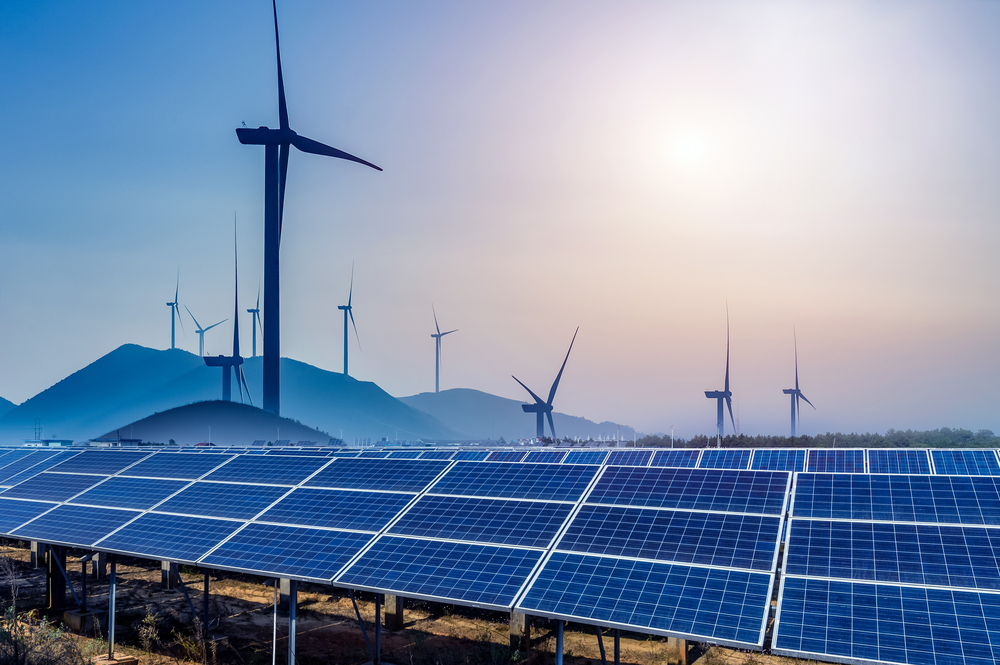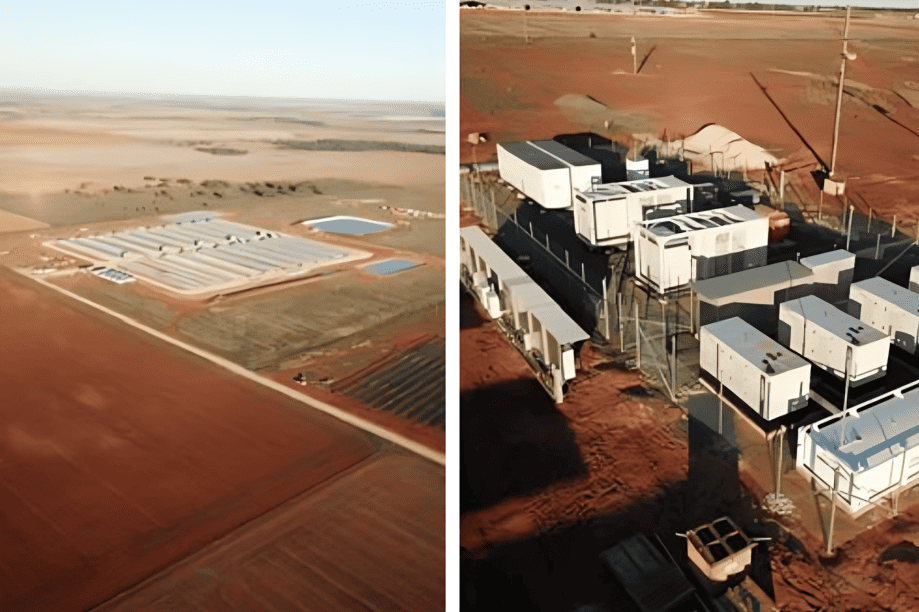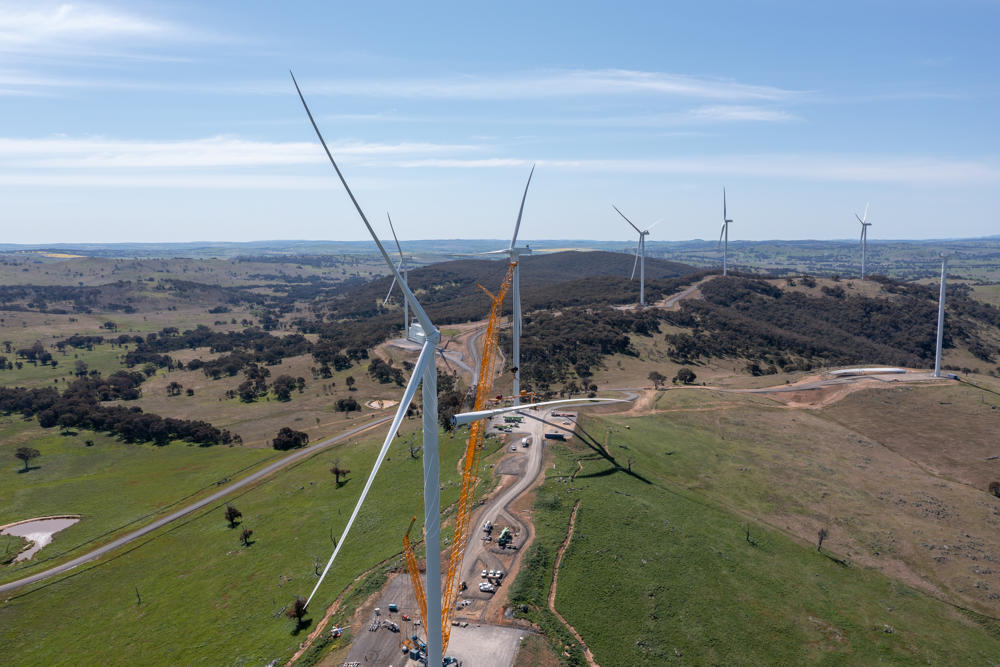
Renewables will account for approximately 90 per cent of the increase in total power capacity worldwide in 2020 and will accelerate in 2021 to their fastest growth in the last six years, a new report by the International Energy Agency (IEA) has outlined.
IEA’s Renewables 2020 report highlights that renewable power is growing robustly around the world this year, contrasting with the sharp declines triggered by the COVID-19 crisis in many other parts of the energy sector such as oil, gas and coal.
The report forecasts that driven by China and the United States, new additions of renewable power capacity worldwide will increase to a record level of almost 200 gigawatts this year. This rise – representing almost 90 per cent of the total expansion in overall power capacity globally – is led by wind, hydropower and solar PV.
Wind and solar additions are expected to jump by 30 per cent in both the United States and China as developers rush to take advantage of expiring incentives.
Even stronger growth is forecast to come. According to the IEA, India and the European Union will be the driving forces behind a record expansion of global renewable capacity additions of nearly 10 per cent next year – the fastest growth since 2015.
This is the result of the commissioning of delayed projects where construction and supply chains were disrupted by the pandemic, and growth in markets where the pre-COVID project pipeline was robust. India is expected to be the largest contributor to the renewables upswing in 2021, with the country’s annual additions doubling from 2020.
Executive Director of the IEA, Dr Fatih Birol, said renewable power is defying the difficulties caused by the pandemic, showing robust growth while other fuels struggle.
“The resilience and positive prospects of the sector are clearly reflected by continued strong appetite from investors – and the future looks even brighter with new capacity additions on course to set fresh records this year and next,” he said.
Over the first 10 months of 2020, China, India and the European Union have driven auctioned renewable power capacity worldwide 15 per cent higher than in the same period last year – a new record that shows expectations of strong demand for renewables over the medium and long term.
At the same time, the IEA states that shares of publicly listed renewable equipment manufacturers and project developers have been outperforming most major stock market indices and the overall energy sector. By October 2020, shares of solar companies worldwide had more than doubled in value from December 2019.
However, policymakers still need to take steps to support the strong momentum behind renewables. In the IEA report’s main forecast, the expiry of incentives in key markets and the resulting uncertainties lead to a small decline in renewables capacity additions in 2022. But if countries address these policy uncertainties in time, the report estimates that global solar PV and wind additions could each increase by a further 25 per cent in 2022.
Critical factors influencing the pace of deployment will be policy decisions in key markets like China, and effective support for rooftop solar PV, which has been impacted by the crisis as households and businesses reprioritised investments. Under favourable policy conditions, solar PV annual additions could reach a record level of 150 gigawatts (GW) by 2022 – an increase of almost 40 per cent in just three years.
“Renewables are resilient to the COVID crisis but not to policy uncertainties,” Dr Birol commented.
“Governments can tackle these issues to help bring about a sustainable recovery and accelerate clean energy transitions. In the United States, for instance, if the proposed clean electricity policies of the next US administration are implemented, they could lead to a much more rapid deployment of solar PV and wind, contributing to a faster decarbonisation of the power sector.”
The IEA report forecasts that electricity generated by renewable technologies will increase by 7 per cent globally in 2020, underpinned by a record new capacity additions. This growth comes despite a 5 per cent annual drop in global energy demand, the largest since the Second World War.
However, renewables outside the electricity sector are suffering from the impacts of the COVID-19 crisis.
Biofuels used in transport are set to experience their first annual decline in two decades, driven by the wider plunge in transport fuel demand this year as well as lower fossil fuel prices reducing the economic attractiveness of biofuels.
Demand for bioenergy in industry is also falling as a result of the wider drop in economic activity. The net result of these declines and the growth of renewable power is an expected overall increase of 1 per cent in global renewable energy demand in 2020.
Renewable fuels for transport and industry are an area in particular need of potential policy support, as the sector has been severely hit by the demand shock caused by the crisis.
The report’s outlook for the next five years sees cost reductions and sustained policy support continuing to drive strong growth in renewable power technologies.
Total wind and solar PV capacity is on course to surpass natural gas in 2023 and coal in 2024.
Driven by rapid cost declines, annual offshore wind additions are set to surge, accounting for one-fifth of the total wind market in 2025. The growing capacity will take the amount of renewable electricity produced globally to new heights.
“In 2025, renewables are set to become the largest source of electricity generation worldwide, ending coal’s five decades as the top power provider,” Dr Birol said.
“By that time, renewables are expected to supply one-third of the world’s electricity – and their total capacity will be twice the size of the entire power capacity of China today.”











